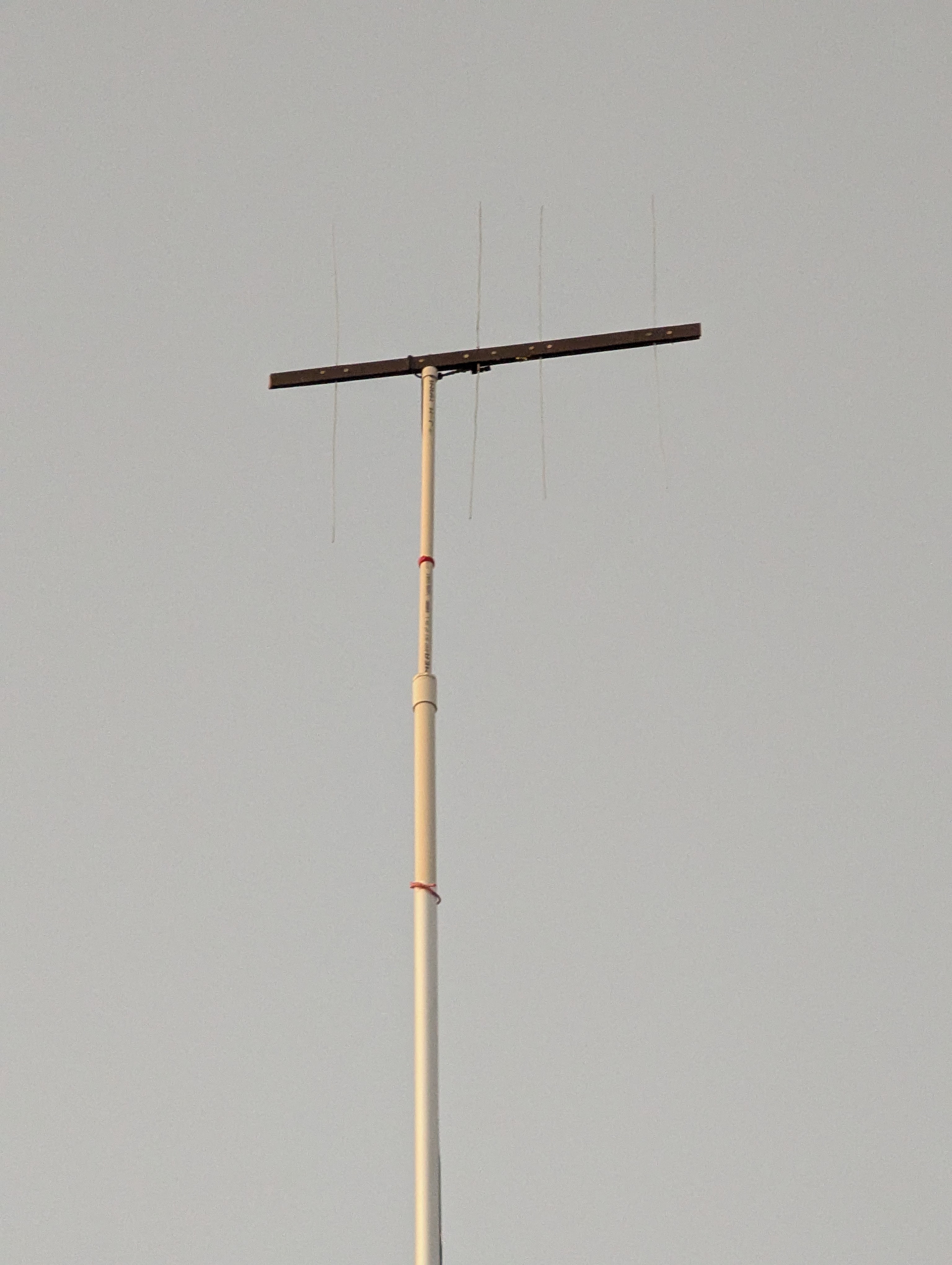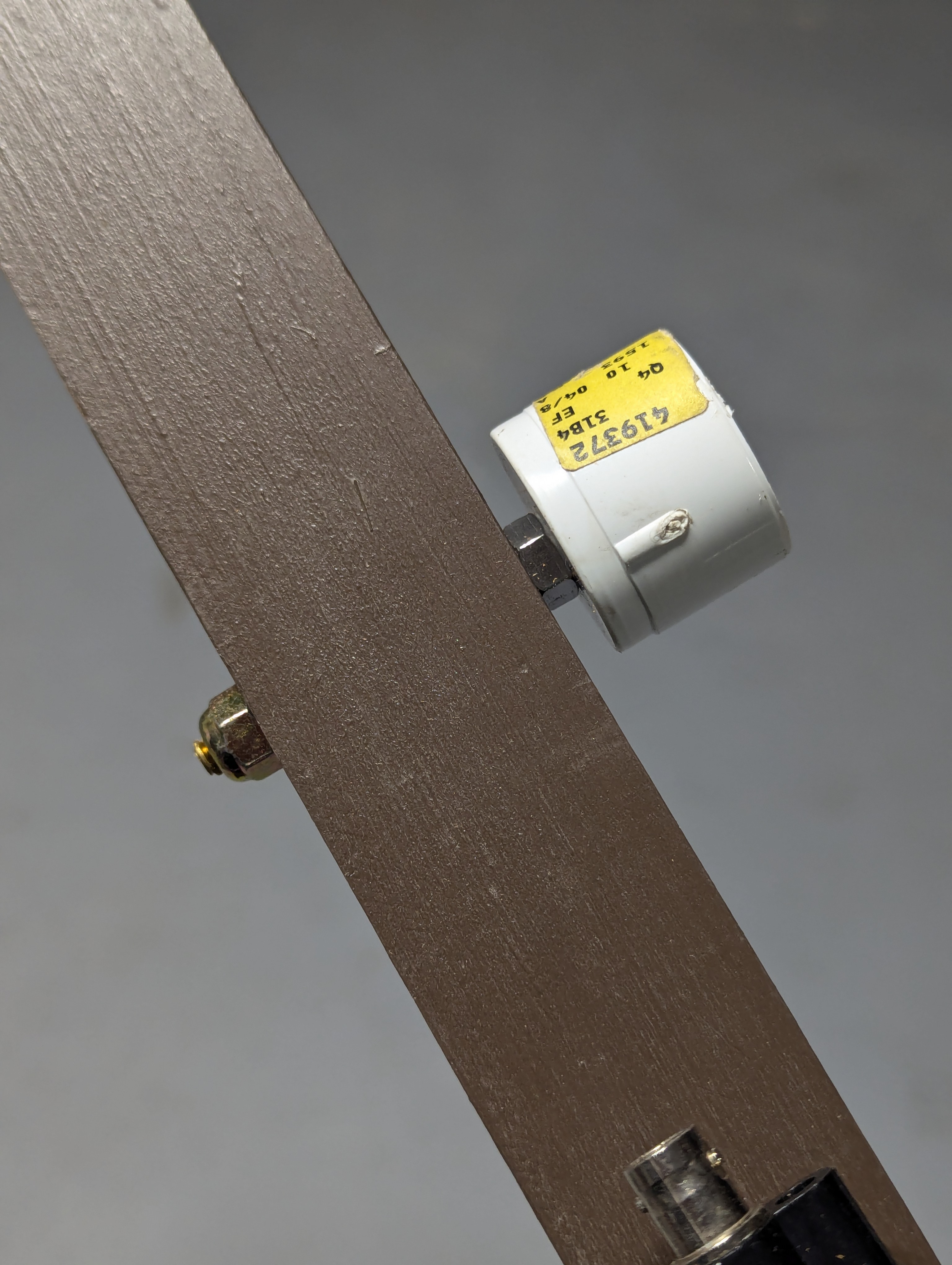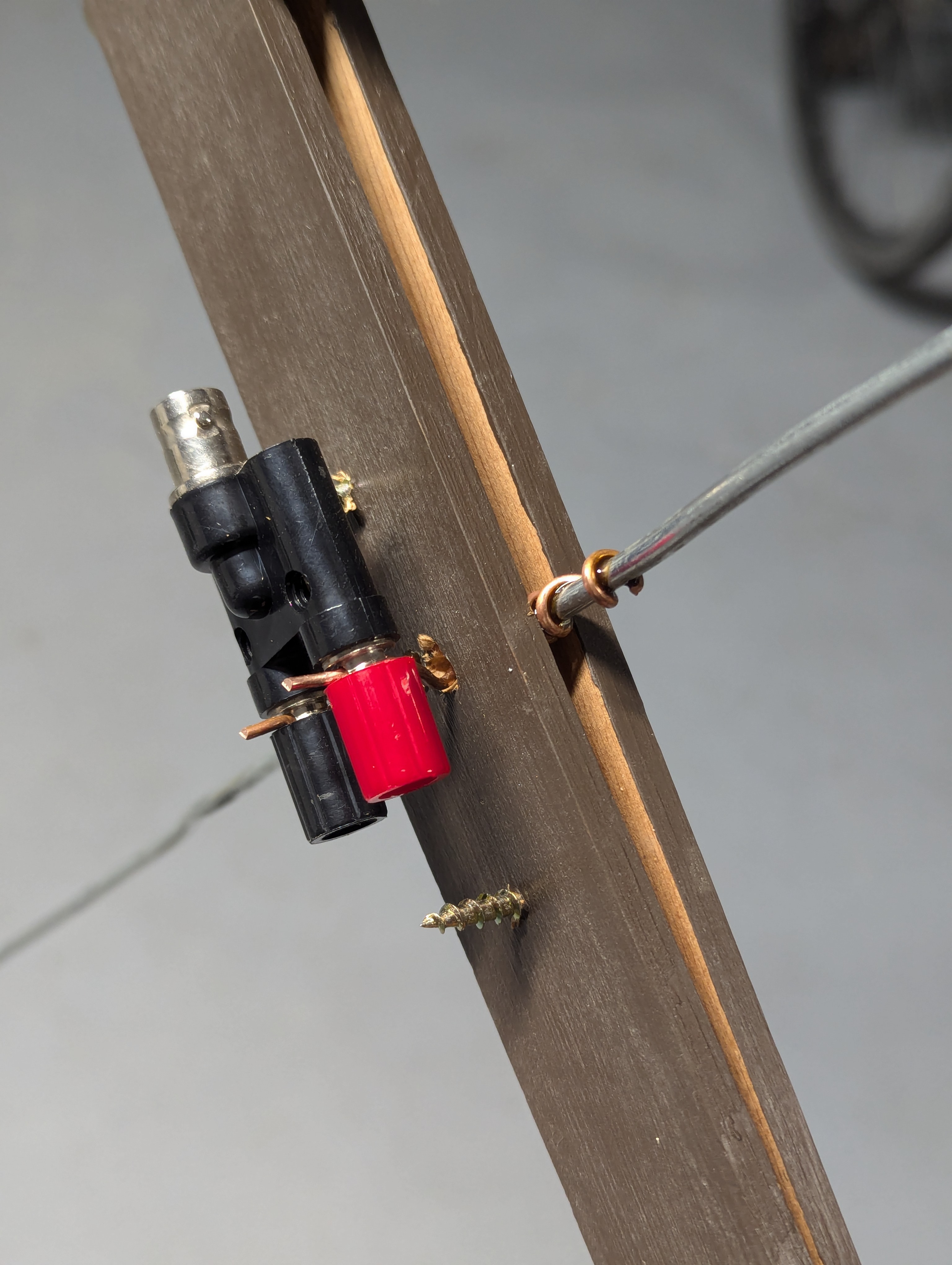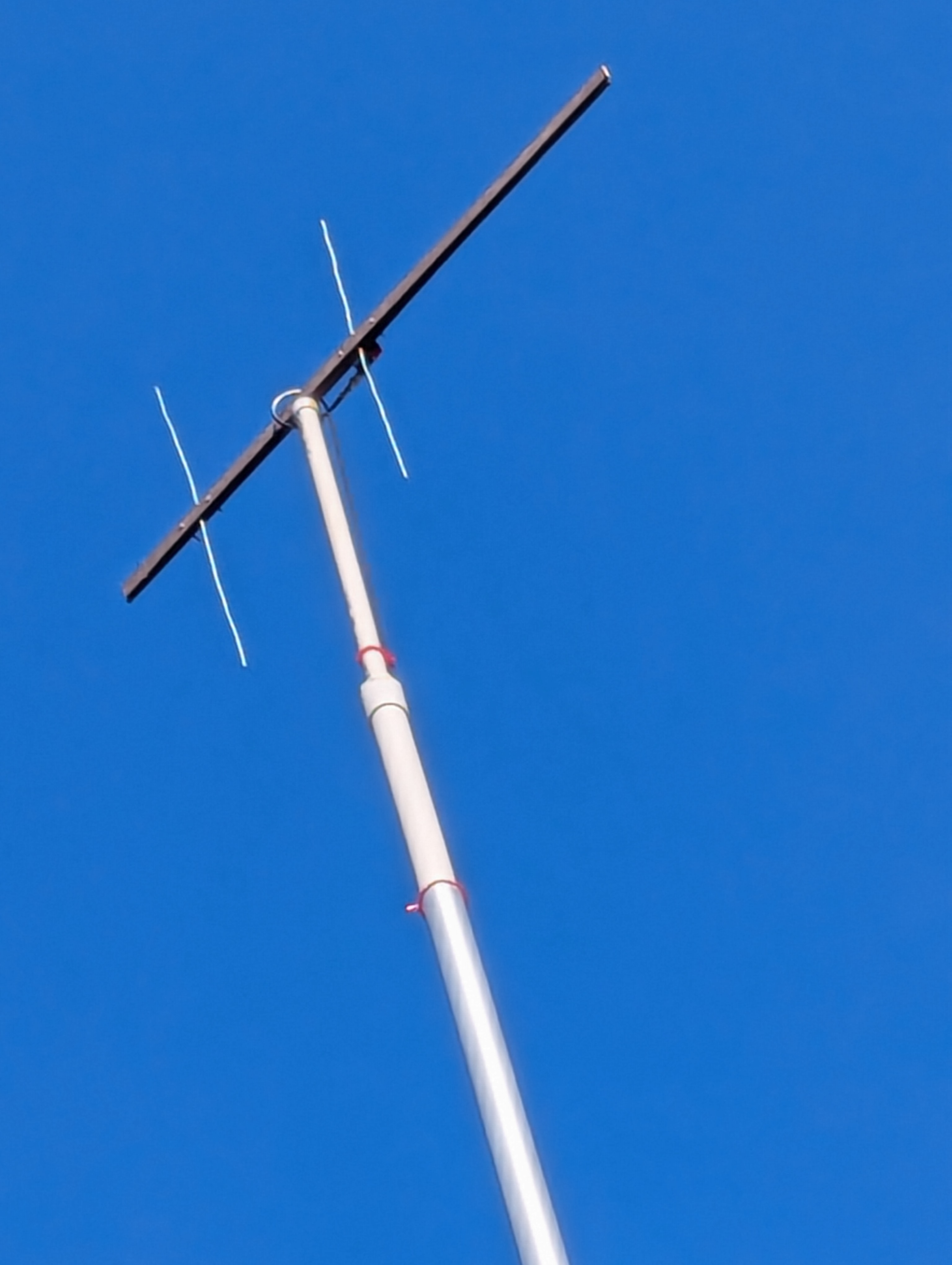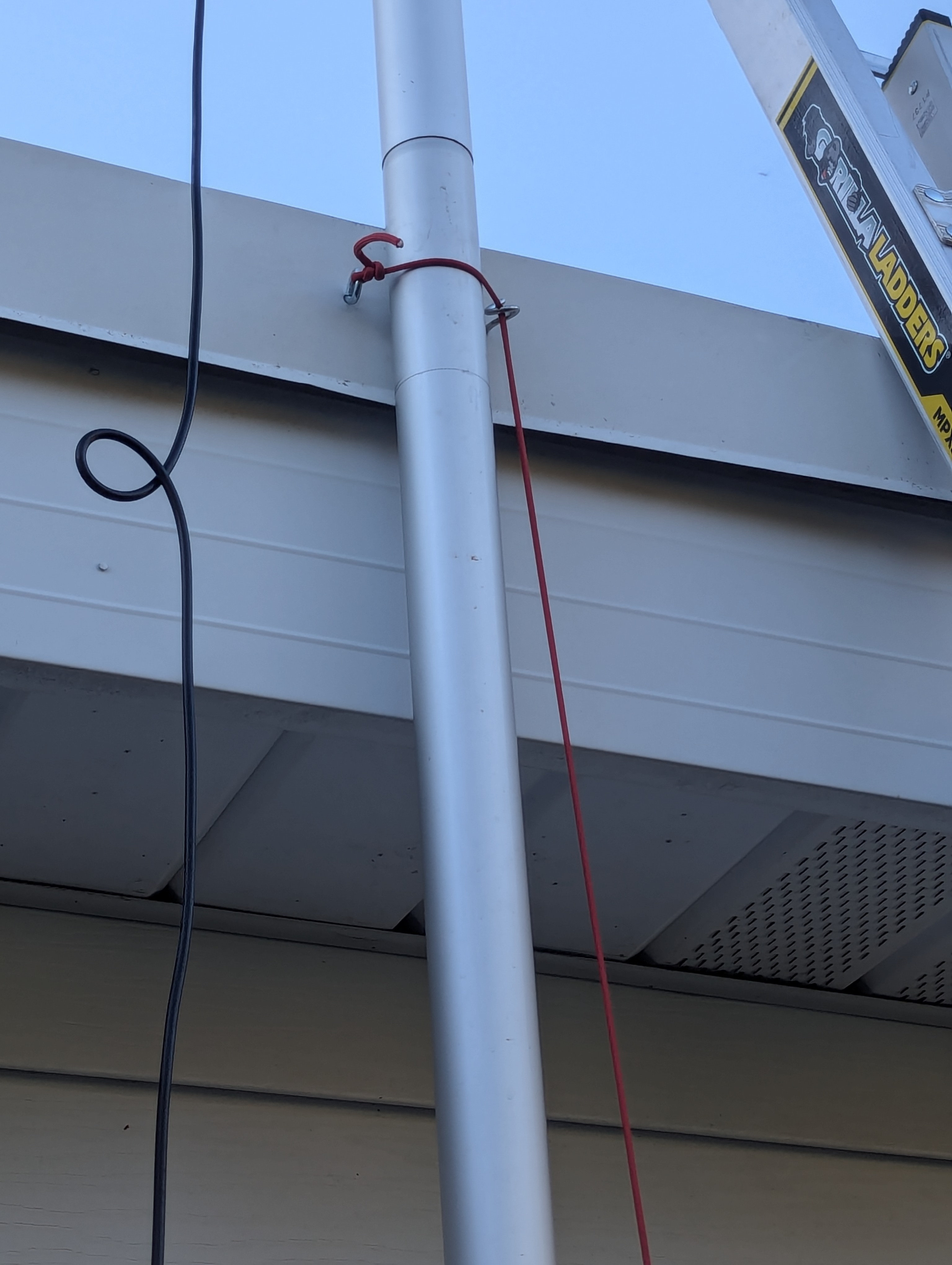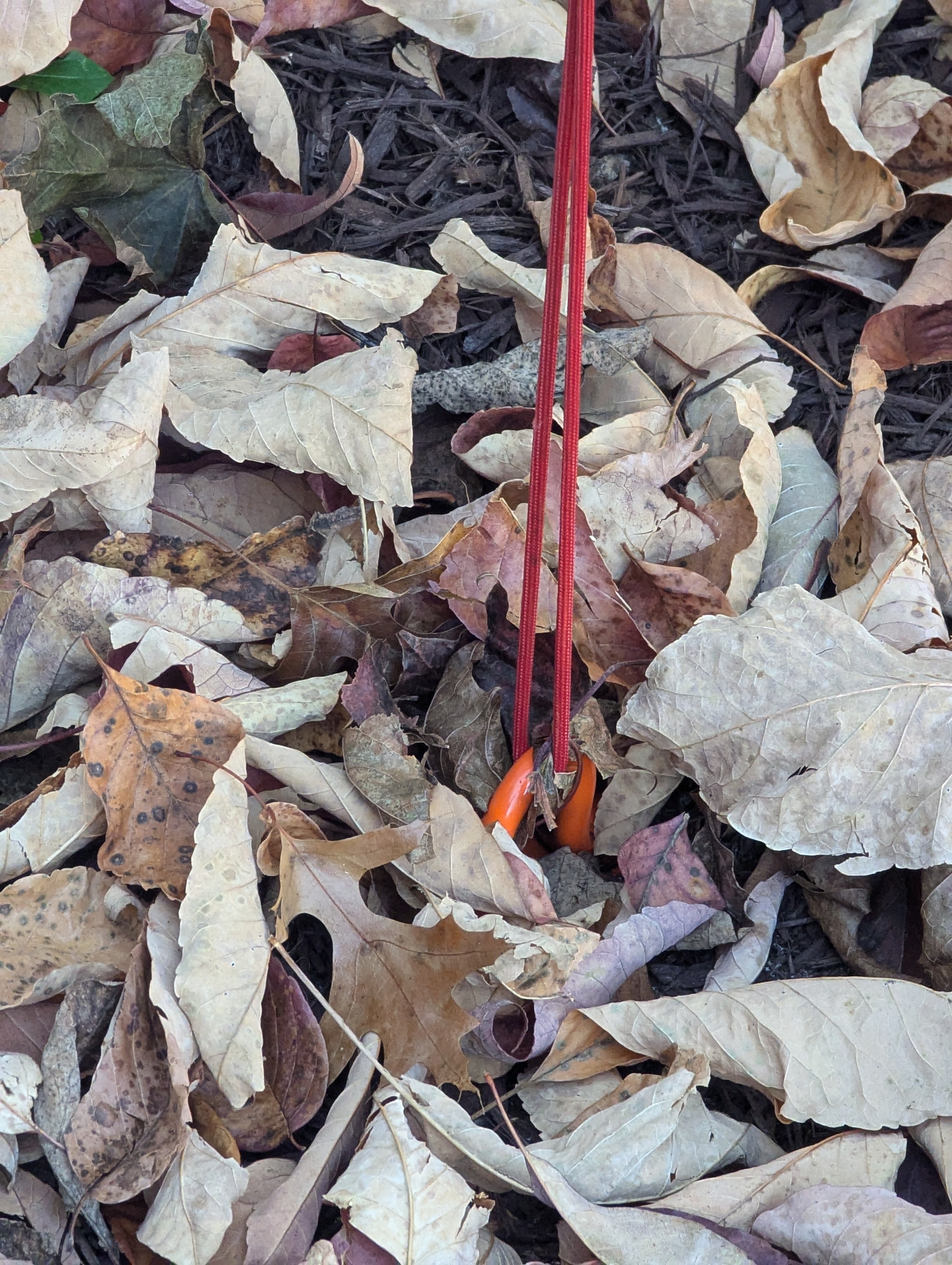My Week in Radio
- R1CBU 0.26.0 firmware for my X6100
- I continue to maintain a fork of the code that modifies the database to show boundaries of US privileges and recommended usage.
Questions
- W3MFB, Mike: increased tower height, switched to 60ft of new coax. 35W
1.9:1 SWR, so worse than it was before. UHF is bad too.
Checked it with NanoVNA. Seeing 1.3:1 SWR. Trying an analog SWR meter.
Using Yaesu 991A. Showing 2:1 SWR. SWR goes up with different power.
- NA3CW, Chuck: Test the tester. SWR shouldn’t change with power. Could be something heating.
- W3QP, Tim: He does see different SWR at higher power due to reflections from his car. Shorter coax is better, but stay away from quarter wavelengths.
- W3JAM, Jeff: Test the tester. Hearing him fine on the input, so it’s good.
- AF3Z, Jim: RF, common mode current, into the meter can cause erratic behavior.
- NA3CW, Chuck: RF on outside of the feed line is sometimes hard to avoid, and can cause reading issues. Grabbing line at different places will cause readings to change.
- W3QP, Tim: Some antennas recommend at least a turn of cable at the antenna to choke.
- KC3OOK, Bill: 1.2 to 1.3 is a 0.9% loss.
- W8CRW, CR: is that antenna tune-able.
- W3MFB, Mike: may try ferrite beads at a height he can reach.
- W3MOW, Mike: Looking at Electric Vehicles. Who knows a reputable electrician to run power? Drop him the email you find on QRZ.
- KC3TMZ, Matt: Getting noise with random wire on G90. 71ft 9:1 wire.
How does one run the counterpoise?
- KC3MFB, Mike: 17 ft, opposite direction, if at all.
- KC3RFG, Jim:
- try different places.
- choke at the radio, especially if you don’t
- run a counterpoise
- W3QP, Tim:
- There is always a counterpoise, so provide one so you can control it.
- Number of turns or number of beads will be effective at different frequencies.
- NA3CW, Chuck: There’s an article on 985 website.
- KC3NZT, Harvey:
- The further from a balanced antenna, the more it’ll force a counterpoise, and that means your coax, so changes around your antenna (body) can change things as well.
- Run the counterpoise opposite a sloper or flat topper,
- you can get some gain in the direction of the counterpoise.
- KC3TMZ, Matt: Propagation to light/dark places?
- W3MFB, Mike: wire runs NE-SW, and it doesn’t matter for direction too much.
- KC3NZT, Harvey: Do you hear them? How do you know you’re not getting to them?
- Can hear them, but they don’t hear him. Did manage Belarus once.
- Do they have other stations calling them? Is it a pile-up?
- He’s getting beat for only 20W.
- Don’t get discouraged. It takes some technique.
- W3MFB, Mike: Don’t worry about 20W. Don’t call QRP.
- W3QP, Tim: Operates a lot of 10W. Propagation depends on radiation pattern. EFRW can have weird patterns with spiky lobes.
- KC3TMZ, Matt: lots to learn, will take a recording from Ron.
- KC3WWC: Headed to Hawaii for a couple weeks and taking radios for all bands.
What should I expect/try while traveling?
- W3QP, Tim:
- SOTA from volcanos!
- salt water will give a great boost for DX.
- lots of asia
- W3QP, Tim:
- WA3VEE, Ron: the virtues of broadcastify
